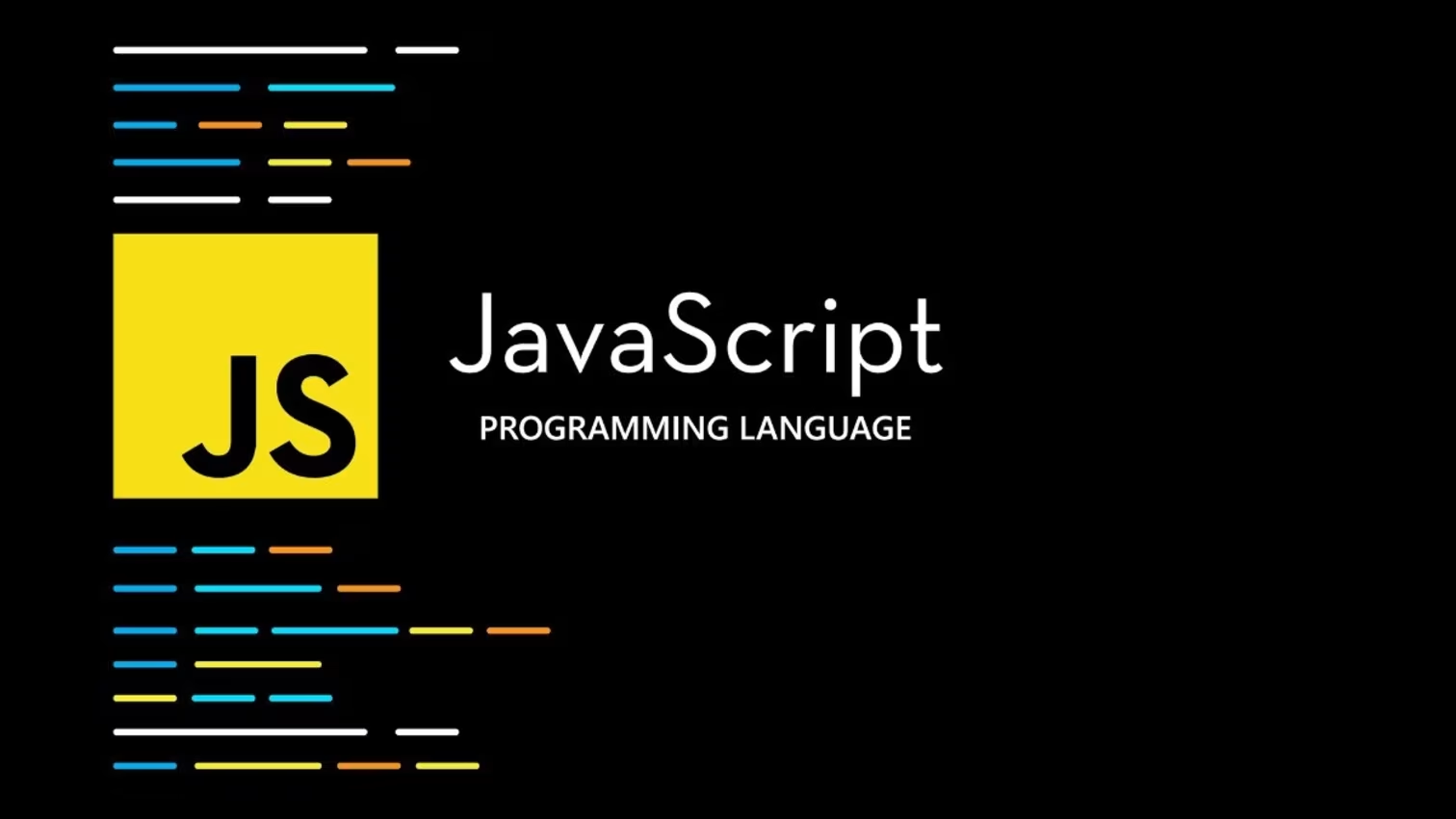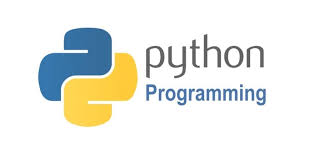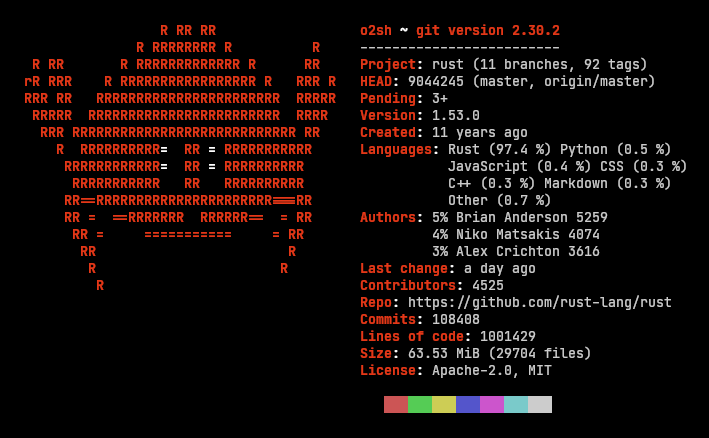In the world of blockchain, one programming language stands out as the foundation of decentralized applications — Solidity. Whether you’re an aspiring blockchain developer or a curious tech enthusiast, learning Solidity opens the door to creating smart contracts, NFTs, and decentralized finance (DeFi) platforms that power much of today’s Web3 revolution.
💡 What is Solidity?
Solidity is an object-oriented programming language specifically designed for writing smart contracts on the Ethereum blockchain and other Ethereum Virtual Machine (EVM)-compatible networks like Polygon, Binance Smart Chain, and Avalanche.
It draws inspiration from languages like JavaScript, Python, and C++, making it relatively accessible for developers who already have experience in these.
Smart contracts written in Solidity are self-executing pieces of code that run exactly as programmed, without downtime or interference. These contracts handle transactions, ownership, and logic for decentralized applications (DApps).
🚀 Why Learn Solidity?
- High Demand for Blockchain Developers
The blockchain industry is booming, and Solidity developers are in high demand. Companies and startups are constantly searching for skilled engineers who can build secure and efficient smart contracts. - Empowerment through Decentralization
With Solidity, you’re not just writing code — you’re creating systems that eliminate middlemen, automate agreements, and build trust through transparency. - Lucrative Career Opportunities
Solidity developers often earn premium rates because blockchain expertise is still rare and specialized. - Innovation and Creativity
From launching NFTs to building decentralized voting systems, Solidity allows you to innovate freely in a rapidly growing field.
🧠 Key Concepts in Solidity

Before diving in, it’s important to understand some core concepts:
- Smart Contracts: Self-executing contracts with terms directly written into code.
- EVM (Ethereum Virtual Machine): The runtime environment that executes Solidity code.
- Gas Fees: The cost of executing operations on the Ethereum network.
- Tokens (ERC-20, ERC-721): Standards for fungible and non-fungible tokens built using Solidity.
- Events & Functions: Used to trigger actions and handle logic within contracts.
🧑💻 How to Start Learning Solidity
- Set Up Your Environment
- Install Node.js and npm.
- Use Remix IDE, an online Solidity compiler that lets you write and deploy smart contracts right from your browser.
- Learn the Basics
- Start with simple contracts like “Hello World.”
- Gradually explore variables, data types, and control structures.
- Understand Smart Contract Deployment
- Learn how to deploy contracts to Ethereum testnets (like Goerli or Sepolia) using tools such as Hardhat or Truffle.
- Build Mini Projects
- Create a token contract (ERC-20).
- Develop a simple crowdfunding DApp.
- Build and test an NFT marketplace.
- Stay Secure
- Learn about common smart contract vulnerabilities such as reentrancy attacks and how to prevent them.
- Use auditing tools like Slither and MythX to check for potential risks.
🌐 Resources to Learn Solidity
- Solidity Official Documentation
- CryptoZombies.io – A fun, interactive way to learn by building a game
- Ethereum.org Developer Portal
- YouTube Tutorials by Dapp University
🔮 The Future of Solidity
As blockchain adoption continues to rise, Solidity remains the backbone of the decentralized ecosystem. However, other languages like Vyper and Rust (for Solana) are also gaining attention. Still, Solidity’s community, documentation, and cross-chain support make it the best starting point for blockchain developers today.
🏁 Final Thoughts
Learning Solidity is more than just mastering another programming language — it’s a step into the future of the internet. By understanding how to write and deploy smart contracts, you position yourself at the forefront of innovation, helping shape decentralized systems that redefine trust, ownership, and collaboration.
Start small, stay consistent, and before long, you’ll be deploying your own smart contracts on the blockchain.






Leave a Reply